Predictions & Data for this entry
| Model: hax | climate: A, B, C | migrate: | phylum: |
| COMPLETE = 3.0 | ecozone: TH, TN, TP, TA | food: bjD, bjCi, eiTv | class: |
| MRE = 0.105 | habitat: 0eFm, eiTf, eiTi | gender: D | order: |
| SMSE = 0.019 | embryo: Fh | reprod: O | family: |
Zero-variate data
| Data | Observed | Predicted | (RE) | Unit | Description | Reference |
|---|---|---|---|---|---|---|
| tj | 14 | 13.68 | (0.02258) | d | time since birth at pupation | Jour2016 |
| Wdj | 0.00088 | 0.0006548 | (0.2559) | g | dry weight of pupa | Jour2016 |
| Wwj | 0.003085 | 0.003852 | (0.2486) | g | wet weight of pupa | Chen1958 |
| Ni | 80 | 79.7 | (0.003772) | # | total number of eggs | Kres2014 |
Uni- and bivariate data
| Data | Figure | Independent variable | Dependent variable | (RE) | Reference |
|---|---|---|---|---|---|
| tW | 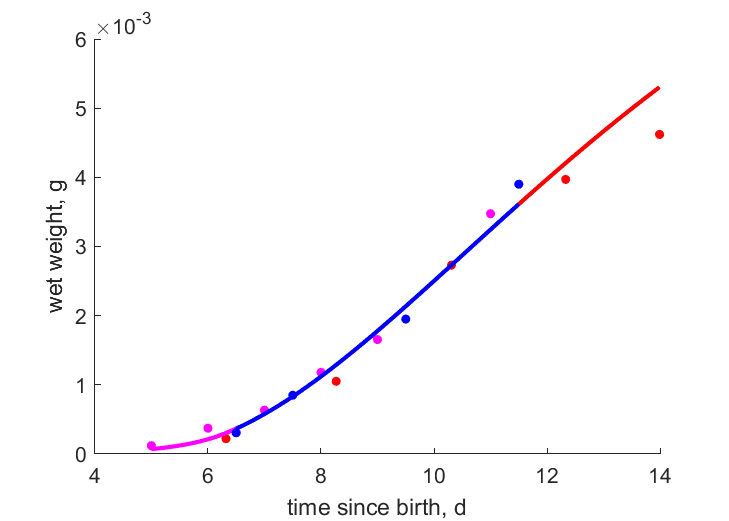 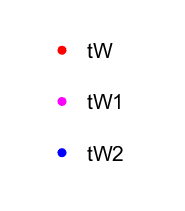 | time since birth | wet weight | (0.09857) | Chen1958 |
| tW1 |   | time since birth | wet weight | (0.09152) | Chen1958 |
| tW2 |   | time since birth | wet weight | (0.07879) | Chen1958 |
| Tae | 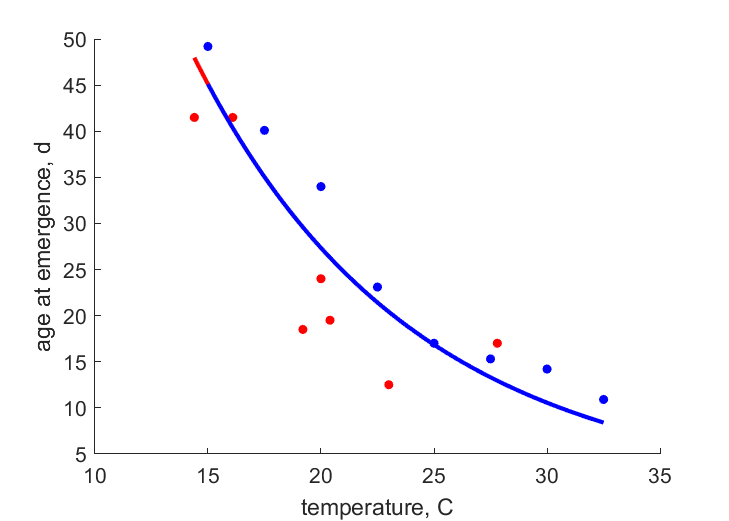 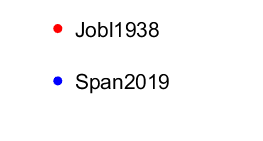 | temperature | age at emergence | (0.2339) | Jobl1938 |
| Tae_S |   | temperature | age at emergence | (0.1264) | Span2019 |
| Ta |  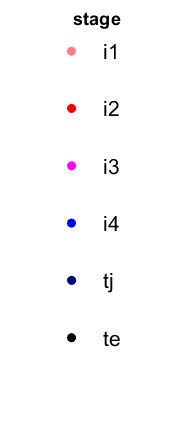 | temperature | age at stage | (0.1165) | Span2019 |
| Tab |  | temperature | age at birth | (0.1589) | Jobl1938 |
| Tam | 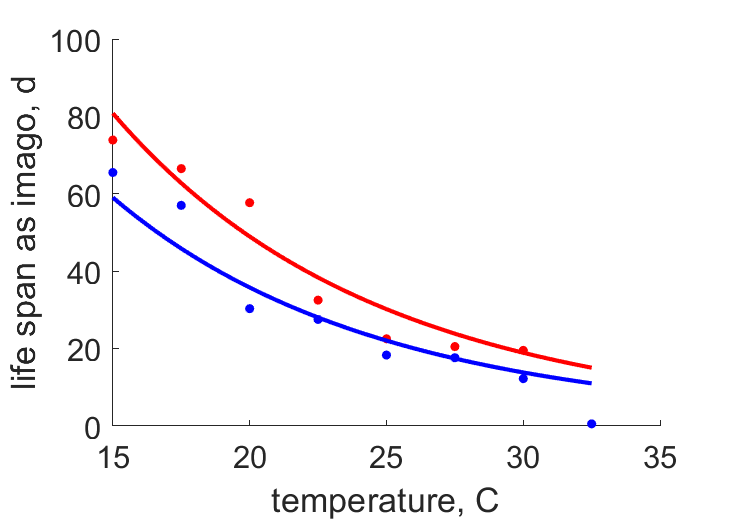 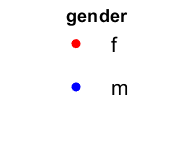 | temperature | life span as imago | (0.174) | Span2019 |
| Tte |  | temperature | time since birth at emergence | (0.1623) | Ruyb2016 |
Pseudo-data at Tref = 20°C
| Data | Generalised animal | Culex pipiens | Unit | Description |
|---|---|---|---|---|
| v | 0.02 | 0.01551 | cm/d | energy conductance |
| kap | 0.8 | 0.9966 | - | allocation fraction to soma |
| kap_R | 0.95 | 0.95 | - | reproduction efficiency |
| p_M | 18 | 3151 | J/d.cm^3 | vol-spec som maint |
| k_J | 0.002 | 0.002 | 1/d | maturity maint rate coefficient |
| kap_G | 0.8 | 0.8012 | - | growth efficiency |
Discussion
- Reproduction data concern autonomous females (no blood meal). anautonomous females (i.e. with blood meal) produce 150-300 eggs per raft and several rafts
Facts
- Males usually emerge 1-2 days before the females in order to achieve sexual maturity at the same time as the emerging females (which are mature at emergence).Since the pupal stage of the two sexes appears to be about the same length, the shortening in development of males takes place primarily in the larval stage.Consequently, the male pupae and adults of a population are smaller in size than the corresponding females. (Ref: Beck2010)
- Larval food consists of a range of non-living and living resources as organic detritus, bacteria, unicellular algae, different protozoa, micro-metazoa and small filamentous algae (Ref: Lair1988, Diaz2016)
- Food as imago: Beck2010 - Both sexes of mosquitoes require plant juices as an energy source, mostly for flight. Plant sugars such as floral nectar, damaged fruits and honeydew are the main energy source during the adult life of both sexes.the female mouthparts are developed to pierce the skin of the host to obtain blood for egg maturation; Habr1984 - Females fed aggressively on the arm of a human following deposition of autogenous rafts (Ref: Beck2010, Harb1984)
- Reproduction: TwohRoze1957 - Females produce at least one egg-raft after emergence, for which they do not obligatory require a blood meal. Harb1984 - most rafts laid three days after female emergence but some up to two weeks after emergence (Ref: TwohRoze1957, Harb1984)
- 4 larval instars (Ref: Wiki)
Bibliography